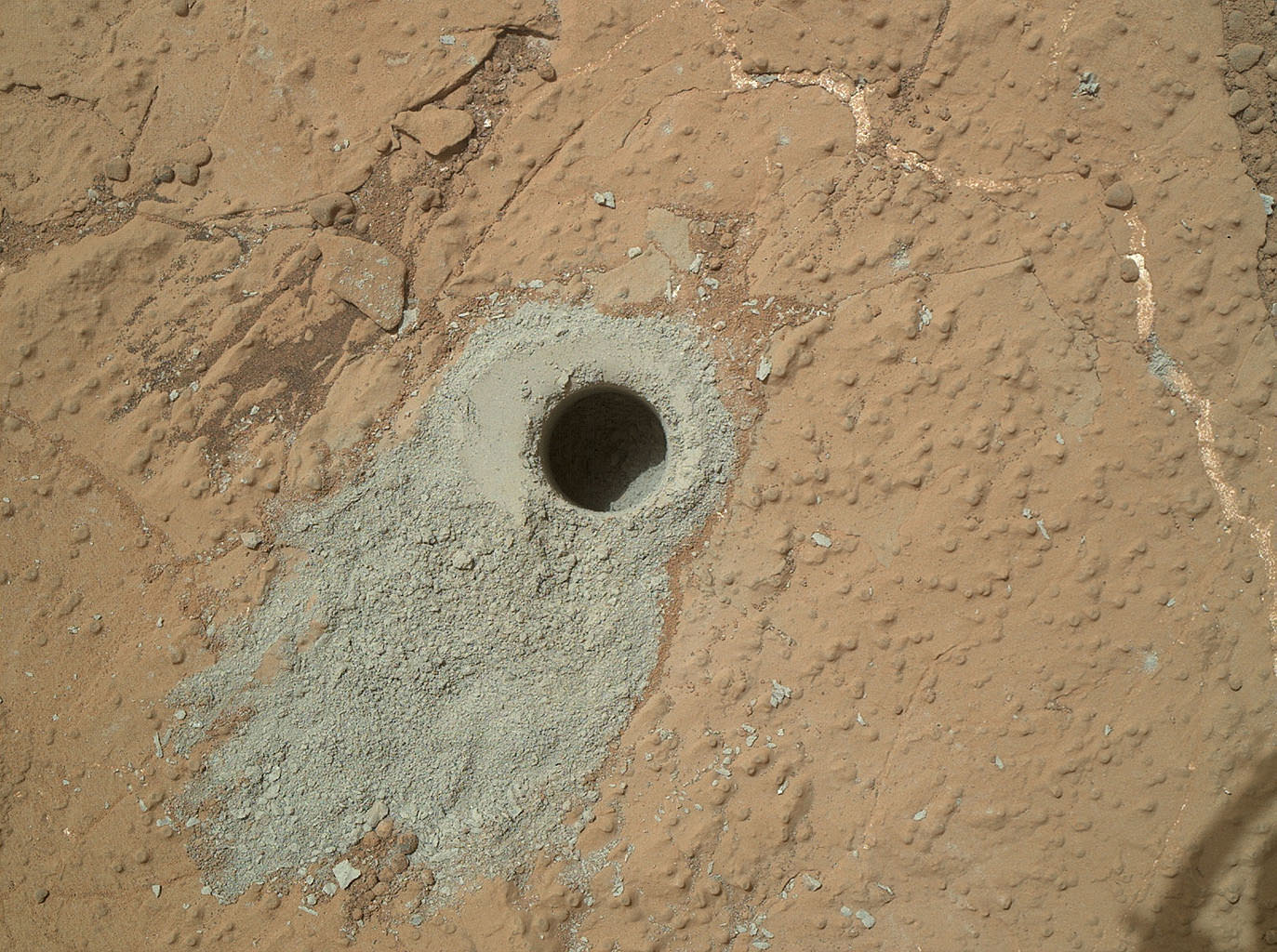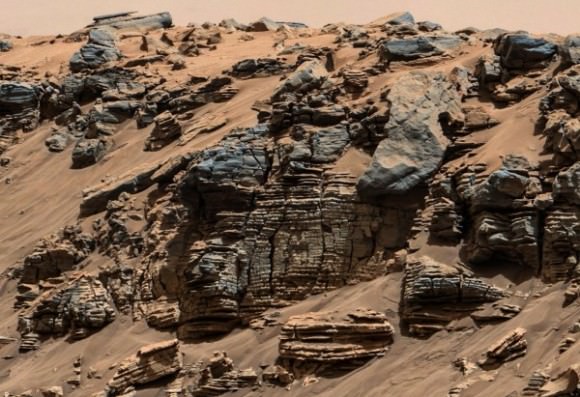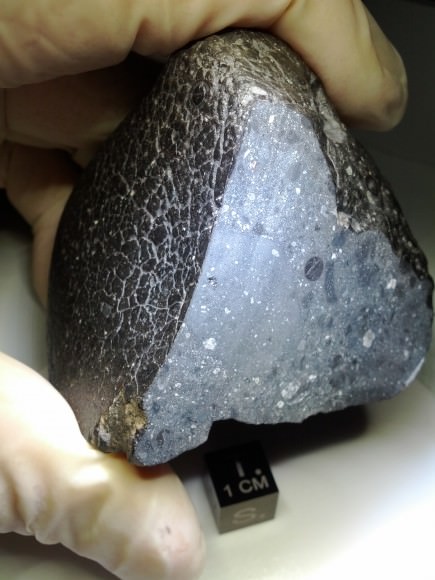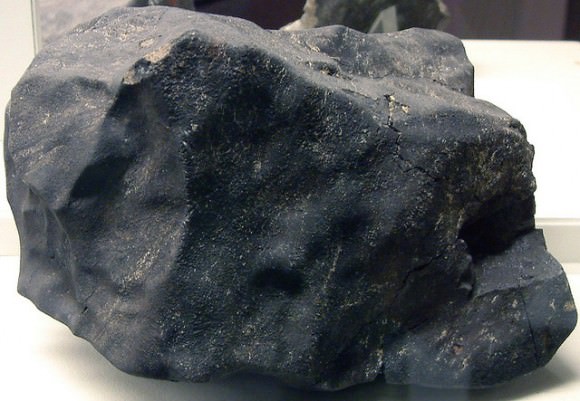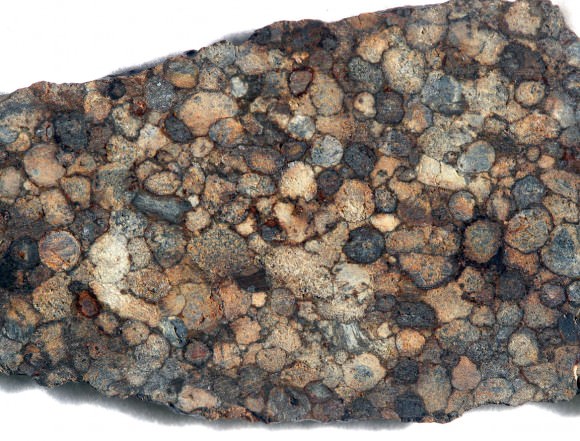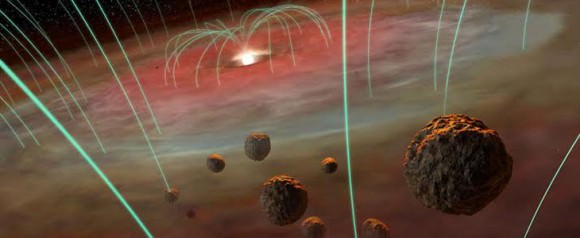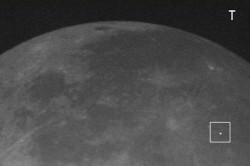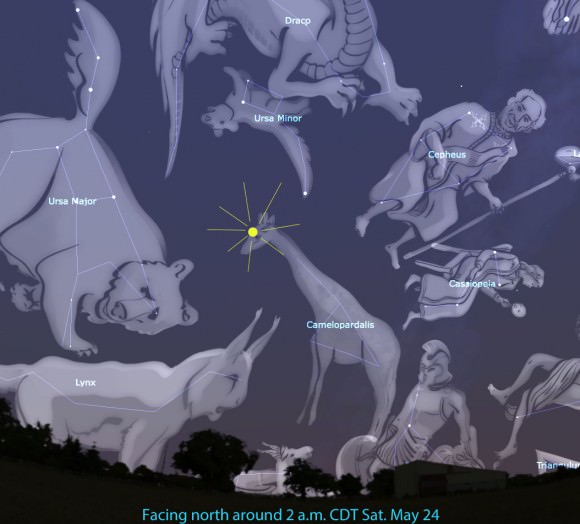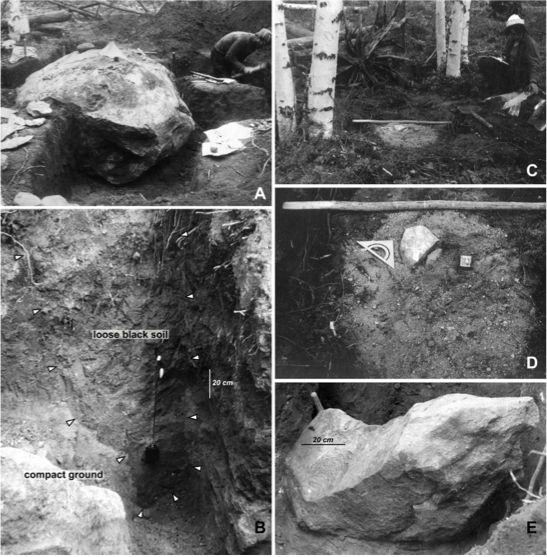How can astrobiologists find extraterrestrial life? In everyday life, we usually don’t have any problem telling that a dog or a rosebush is a living thing and a rock isn’t. In the climatic scene of the movie ‘Europa Report’ we can tell at a glance that the multi-tentacled creature discovered swimming in the ocean of Jupiter’s moon Europa is alive, complicated, and quite possibly intelligent.
But unless something swims, walks, crawls, or slithers past the cameras of a watching spacecraft, astrobiologists face a much tougher job. They need to devise tests that will allow them to infer the presence of alien microbial life from spacecraft data. They need to be able to recognize fossil traces of past alien life. They need to be able to determine whether the atmospheres of distant planets circling other stars contain the tell-tale traces of unfamiliar forms of life. They need ways to infer the presence of life from knowledge of its properties. A definition of life would tell them what those properties are, and how to look for them. This is the first of a two part series exploring how our concept of life influences the search for extraterrestrial life.
What is it that sets living things apart? For centuries, philosophers and scientists have sought an answer. The philosopher Aristotle (384-322 BC) devoted a great deal of effort to dissecting animals and studying living things. He supposed that they had distinctive special capacities that set them apart from things that aren’t alive. Inspired by the mechanical inventions of his times, the Renaissance philosopher Rene Descartes (1596-1650) believed that living things were like clockwork machines, their special capacities deriving from the way their parts were organized.
In 1944, the physicist Erwin Schrödinger (1887-1961) wrote What is Life? In it, he proposed that the fundamental phenomena of life, including even how parents pass on their traits to their offspring, could be understood by studying the physics and chemistry of living things. Schrödinger’s book was an inspiration to the science of molecular biology.
Living organisms are made of large complicated molecules with backbones of linked carbon atoms. Molecular biologists were able to explain many of the functions of life in terms of these organic molecules and the chemical reactions they undergo when dissolved in liquid water. In 1955 James Watson and Francis Crick discovered the structure of deoxyribonucleic acid (DNA) and showed how it could be the storehouse of hereditary information passed from parent to offspring.
While all this research and theorizing has vastly increased our understanding of life, it hasn’t produced a satisfactory definition of life; a definition that would allow us to reliably distinguish things that are alive from things that aren’t. In 2012 the philosopher Edouard Mahery argued that coming up with a single definition of life was both impossible and pointless. Astrobiologists get by as best they can with definitions that are partial, and that have exceptions. Their search is conditioned by our knowledge of the specific features of life on Earth; the only life we currently know.
Here on Earth, living things are distinctive in their chemical composition. Besides carbon, the elements hydrogen, nitrogen, oxygen, phosphorus, and sulfur are particularly important to the large organic molecules that make up terrestrial life. Water is a necessary solvent. Since we don’t know for sure what else might be possible, the search for extraterrestrial life typically assumes its chemical composition will be similar to that of life on Earth.
Making use of that assumption, astrobiologists assign a high priority to the search for water on other celestial bodies. Spacecraft evidence has proven that Mars once had bodies of liquid water on its surface. Determining the history and extent of this water is a central goal of Mars exploration. Astrobiologists are excited by evidence of subsurface oceans of water on Jupiter’s moon Europa, Saturn’s moon Enceladus, and perhaps on other moons or dwarf planets. But while the presence of liquid water implies conditions appropriate for Earth-like life, it doesn’t prove that such life exists or has ever existed.

Credits: NASA/Jet Propulsion Laboratory, SETI Institute
Organic chemicals are necessary for Earth-like life, but, as for water, their presence doesn’t prove that life exists, because organic materials can also be formed by non-biological processes. In 1976, NASA’s two Viking landers were the first spacecraft to make fully successful landings on Mars. They carried an instrument; called the gas chromatograph-mass spectrometer, that tested the soil for organic molecules.
Even without life, scientists expected to find some organic materials in the Martian soil. Organic materials formed by non-biological processes are found in carbonaceous meteorites, and some of these meteorites should have fallen on Mars. They were surprised to find nothing at all. At the time, the failure to find organic molecules was considered a major blow to the possibility of life on Mars.
In 2008, NASA’s Phoenix lander discovered an explanation of why Viking didn’t detect organic molecules. If found that the Martian soil contains perchlorates. Containing oxygen and chlorine, perchlorates are oxidizing agents that can break down organic material. While perchlorates and organic molecules could coexist in Martian soil, scientists determined that heating the soil for the Viking analysis would have caused the perchlorates to destroy any organic material it contained. Martian soil might contain organic materials, after all.
At a news briefing in December 2014, NASA announced that an instrument carried on board the Curiosity Mars rover had succeeded in detected simple organic molecules on Mars for the first time. Researchers believe it is possible that the molecules detected may be breakdown products of more complex organic molecules that were broken down by perchlorates during the process of analysis.
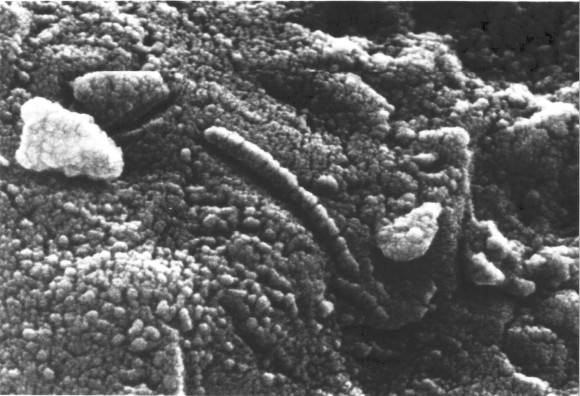
Credits: NASA Johnson Space Center
The chemical make-up of terrestrial life has also guided the search for traces of life in Martian meteorites. In 1996 a team of investigators lead by David McKay of the Johnson Space Center in Houston reported evidence that a Martian meteorite found at Alan Hills in Antarctica in 1984 contained chemical and physical evidence of past Martian life.
There have since been similar claims about other Martian meteorites. But, non-biological explanations for many of the findings have been proposed, and the whole subject has remained embroiled in controversy. Meteorites have not so far yielded the kind of evidence needed to prove the existence of extraterrestrial life beyond reasonable doubt.
Following Aristotle, most scientists prefer to define life in terms of its capacities rather than its composition. In the second installment, we will explore how our understanding of life’s capacities has influenced the search for extraterrestrial life.
References and further reading:
N. Atkinson (2009) Perchlorates and Water Make for Potential Habitable Environment on Mars, Universe Today.
S. A. Benner (2010), Defining life, Astrobiology, 10(10):1021-1030.
E. Machery (2012), Why I stopped worrying about the definition of life…and why you should as well, Synthese, 185:145-164.
L. J. Mix (2015), Defending definitions of life, Astrobiology, 15(1) posted on-line in advance of publication.
T. Reyes (2014) NASA’s Curiosity Rover detects Methane, Organics on Mars, Universe Today.
S. Tirard, M. Morange, and A. Lazcano, (2010), The definition of life: A brief history of an elusive scientific endeavor, Astrobiology, 10(10):1003-1009.
Did Viking Mars landers find life’s building blocks? Missing piece inspires new look at puzzle. Science Daily Featured Research Sept. 5, 2010
NASA rover finds active and ancient organic chemistry on Mars, Jet Propulsion laboratory, California Institute of Technology, News, Dec. 16, 2014.
Europa: Ingredients for Life?, National Aeronautics and Space Administration.

